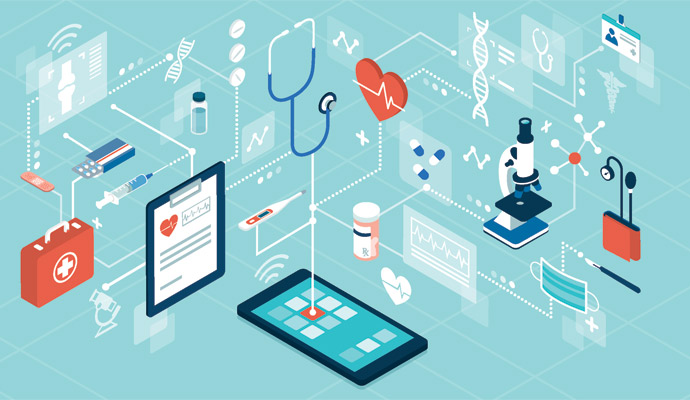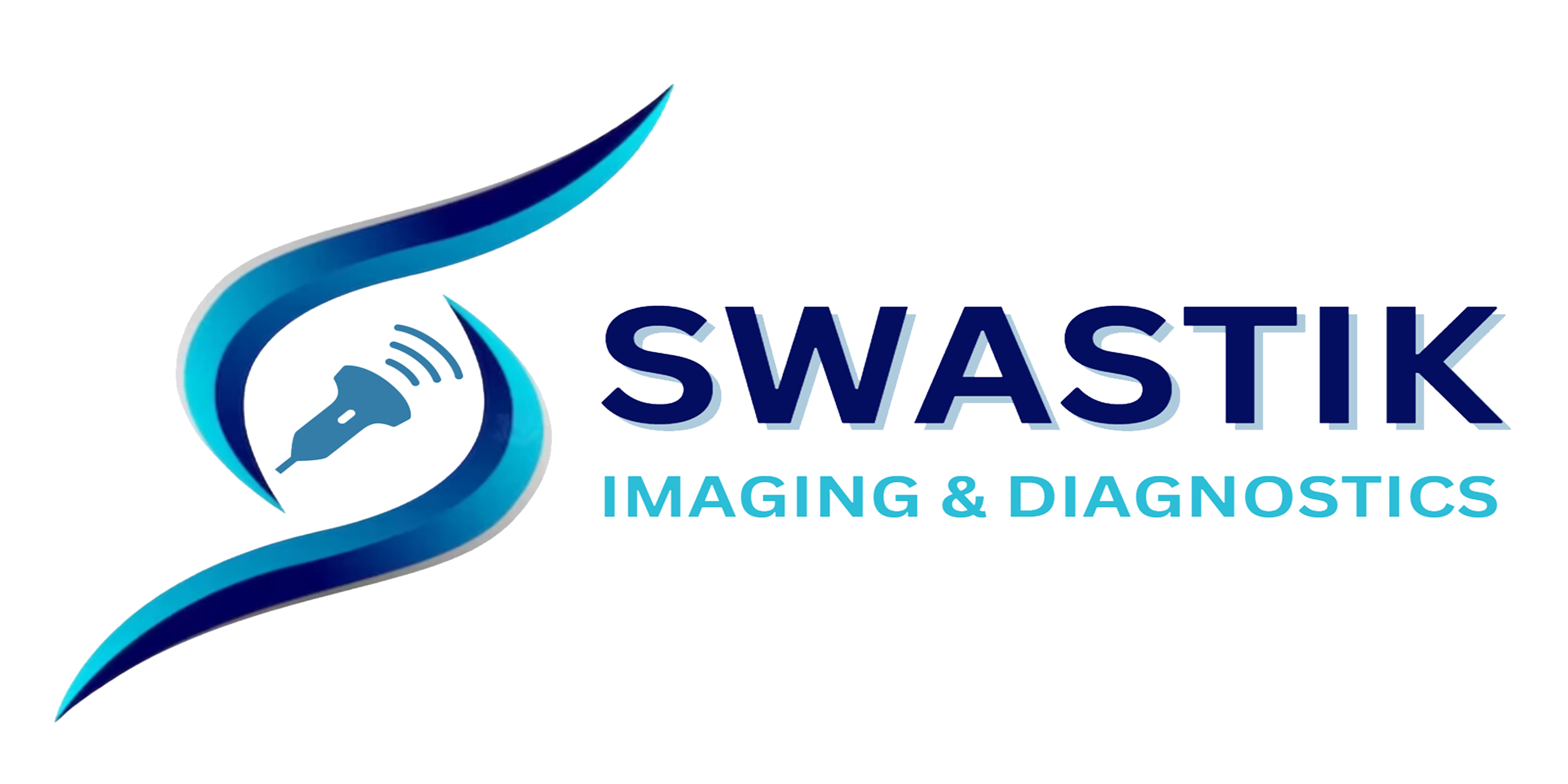Automated Infective Detection

Automated infective detection in X-rays using artificial intelligence (AI) is a revolutionary approach that aims to assist healthcare professionals in quickly and accurately identifying signs of infectious diseases in medical imaging. Here are the key aspects of automated infective detection in X-rays:
- Image Analysis: AI algorithms are trained on large datasets of X-ray images that include cases of various infectious diseases such as pneumonia, tuberculosis, and fungal infections. These algorithms analyze the texture, shape, and density of lung opacities and abnormalities associated with infections.
- Pattern Recognition: AI algorithms use pattern recognition techniques to identify specific radiographic features indicative of infectious diseases. For example, in pneumonia cases, AI can detect infiltrates, consolidation, air bronchograms, and pleural effusions. In tuberculosis, AI may identify cavitations, nodules, and lymphadenopathy.
- Deep Learning Models: Deep learning models, particularly convolutional neural networks (CNNs), are commonly employed in automated infective detection in X-rays. CNNs can automatically learn hierarchical representations of image features, enabling them to effectively differentiate between normal and abnormal findings in X-ray images.
- Speed and Efficiency: Automated infective detection systems can rapidly analyze large volumes of X-ray images, providing quick insights to radiologists and healthcare providers. This speed and efficiency are crucial for early detection and timely intervention, especially in emergency situations or during disease outbreaks.
- Assistance in Diagnosis: AI algorithms serve as a second opinion tool for radiologists and clinicians, aiding in the interpretation and diagnosis of X-ray images. By highlighting regions of interest and providing probabilistic assessments, AI helps healthcare professionals make more accurate and informed diagnostic decisions.
- Integration into Clinical Workflow: Automated infective detection systems seamlessly integrate into radiology workflow, allowing for real-time analysis and interpretation of X-ray images. These systems provide decision support to radiologists, assisting them in prioritizing cases, reducing interpretation errors, and improving overall diagnostic accuracy.
- Continuous Learning and Improvement: Automated infective detection systems continuously learn and improve over time as they are exposed to new cases and feedback from healthcare professionals. By leveraging ongoing updates and refinements, AI algorithms become increasingly accurate and reliable in detecting infectious diseases in X-ray images.
- Public Health Surveillance: Automated infective detection in X-rays contributes to public health surveillance efforts by identifying and monitoring patterns of infectious diseases within communities. By analyzing trends in X-ray findings, healthcare authorities can track disease outbreaks, allocate resources, and implement targeted interventions to control the spread of infections.
In summary, automated infective detection in X-rays using AI offers tremendous potential to enhance diagnostic capabilities, improve patient outcomes, and support public health initiatives. By leveraging advanced technologies and machine learning algorithms, we can revolutionize the way infectious diseases are detected, diagnosed, and managed in clinical practice.
